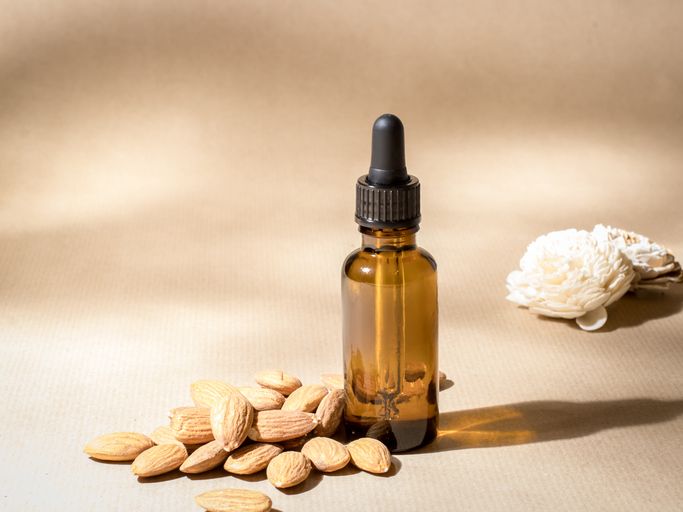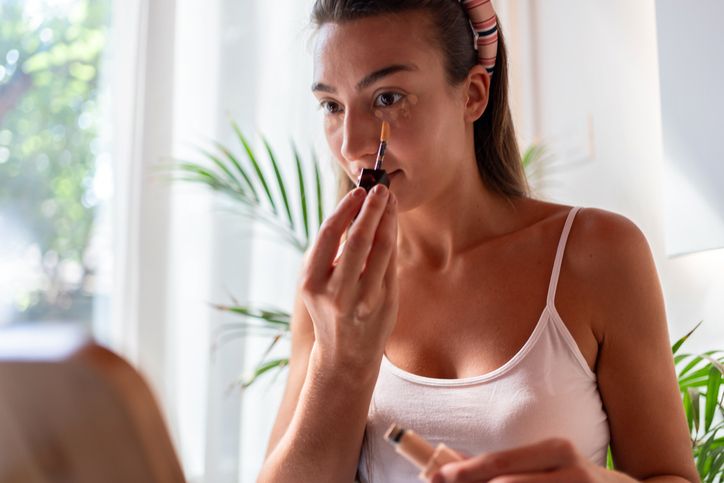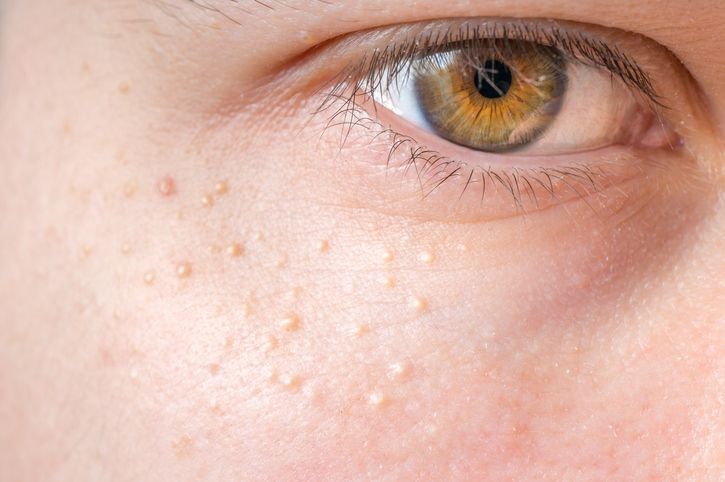- Home
- Trend
- Weight Loss Strategies
- Acne Tips
- Hair Health Information
- Blemish Removal Tips
- Acne Scar Removal Tips
- Muscle Building Techniques
- Intimate Care Tips
- Postpartum Intimate Care
- Eye Bags Wiki
- Tips for Face Slimming
- Secret of Permanent Hair Removal
- Breast Enlargement Tips
- Cure to Snoring
- Marionette Lines
- Skin-Tightening Secrets
Acne is a common skin condition that occurs when hair follicles become clogged with excess oil, dead skin cells, and bacteria. It affects people of all ages, from teenagers to adults, and is one of the most widespread dermatological concerns.
How Many Types of Acne Are There?
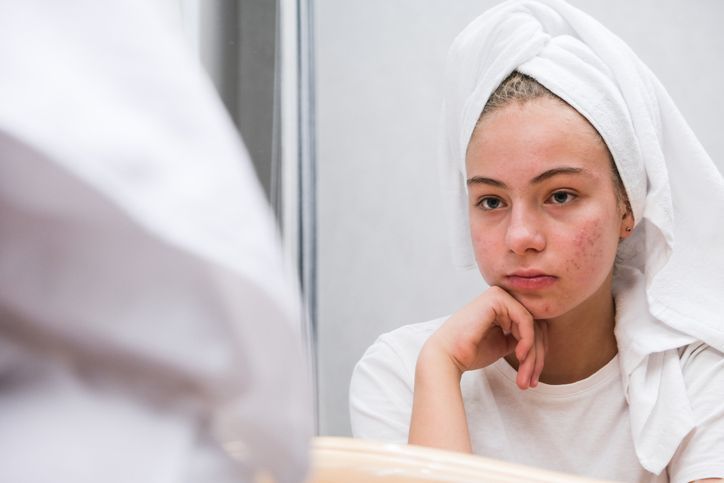
Acne presents itself in many different forms, each with its own unique characteristics. Broadly, acne can be divided into two main categories: non-inflammatory and inflammatory acne. Within these categories, there are several specific types and variants of acne, as well as some that arise from particular causes.
Non-Inflammatory Acne
Non-inflammatory acne forms when pores are clogged with oil and dead skin cells but do not become infected or inflamed. These types tend to be less painful but can still lead to more severe breakouts if left untreated.
Blackheads are open pores filled with oil and dead skin cells. The black color is not caused by dirt, but rather by the oxidation of the substances inside the pore. They typically appear on areas like the nose, chin, and forehead.
Whiteheads, in contrast, are closed pores that form small, flesh-colored bumps. Because the pore remains closed, the trapped material inside stays white. Whiteheads are often less visible than blackheads but can still cause irritation or lead to other types of acne if the buildup worsens.
Inflammatory Acne
Inflammatory acne occurs when clogged pores become infected, triggering an immune response that results in swelling, redness, and pus. These types are more painful and can cause scarring if not treated properly.
Papules are small, red bumps caused by inflammation and irritation in the skin. These bumps can be tender to the touch and signal the beginning of a more severe acne outbreak.
Pustules are similar to papules but are filled with pus, making them more prominent and typically associated with traditional pimples. They are commonly found on the face, chest, and back.
Nodules are larger, painful lumps that develop deep beneath the skin's surface. These hard, tender lumps can persist for weeks or months and may lead to scarring if not treated appropriately.
Cystic Acne is the most severe form of acne, characterized by deep, pus-filled cysts. Cystic acne often requires more intensive treatment like oral isotretinoin, as it can be extremely painful and prone to scarring.
Acne Variants and Other Types
Beyond the general classifications of non-inflammatory and inflammatory acne, there are other variants that have distinct causes or manifestations.
Acne Vulgaris
Acne vulgaris is the most common form of acne, ranging from mild blackheads to severe cystic acne. It affects individuals of all ages but is particularly prevalent during puberty and adolescence.
Hormonal Acne
Hormonal acne is primarily triggered by hormonal fluctuations, often seen during puberty, pregnancy, menstruation, or with the use of hormonal treatments like birth control pills. This type of acne usually appears along the jawline, chin, and lower cheeks due to the overproduction of oil.
Acne Rosacea
Acne rosacea shares some similarities with acne, such as redness and pustules, but is distinguished by its chronic redness, particularly around the nose and cheeks. Rosacea also involves visible blood vessels and is often associated with skin sensitivity rather than clogged pores.
Nodulocystic Acne is a severe combination of both nodules and cysts. It often leads to significant scarring and requires medical intervention to manage inflammation and prevent long-lasting skin damage.
What Can Make Acne Worse?
Acne occurs when multiple factors disrupt the skin's natural balance, and it can worsen if not properly managed.
Excess Oil Production (Sebum Overload)
The skin’s sebaceous glands are responsible for producing sebum, a natural oil that acts as a barrier to protect and moisturize the skin. However, when these glands produce an excessive amount of oil, the result is often clogged pores.
These clogged follicles become prime breeding grounds for acne, as the oil mixes with dead skin cells, trapping bacteria within the pores and creating an environment conducive to inflammation. This overproduction can be triggered by a variety of factors, such as hormonal shifts or even environmental stressors.
Clogged Pores and Skin Cell Buildup
When the skin’s natural exfoliation process is hindered, dead skin cells accumulate and can mix with sebum. This accumulation can block hair follicles, leading to the formation of comedones—both blackheads and whiteheads.
As these clogged pores become more entrenched, they provide a perfect environment for bacteria, resulting in more severe acne. The combination of dead skin cells and trapped oil can significantly affect the skin’s overall appearance, creating an uneven and often inflamed complexion.
Bacterial Infection and Inflammation
A key contributor to acne is the bacteria Propionibacterium acnes (P. acnes), which normally resides on the skin’s surface. When pores become clogged, these bacteria thrive in the trapped oil, causing an infection that triggers an immune response.
The inflammation that follows can turn a simple pimple into a much more painful and noticeable lesion. This is why bacterial growth in acne-prone areas leads to the formation of pustules, papules, and cysts, which can be difficult to treat if not addressed early.
Hormonal Fluctuations and Imbalances
Hormonal changes play a pivotal role in acne development, especially during periods of increased hormone production. This is commonly seen during puberty, menstruation, pregnancy, or the use of hormonal treatments like birth control pills. When there is a surge in androgens (male hormones found in both men and women), the sebaceous glands respond by producing more oil.
These fluctuations are often responsible for the appearance of hormonal acne, which tends to occur along the jawline, chin, and lower cheeks. Hormonal changes can also influence the severity of breakouts, making acne more challenging to control during certain life stages.
Medications and Their Impact on Acne
Certain medications, including some forms of birth control and topical treatments, can also affect hormone levels and contribute to the development of acne. For example, steroids and hormone-based medications may disrupt the natural hormonal balance, leading to an increase in sebum production and clogged pores.
Additionally, certain topical products can irritate the skin, aggravating existing acne or causing new breakouts to form. It’s crucial to recognize the role medications play in acne flare-ups and consider them as potential contributing factors when seeking treatment options.
免費體驗
Acne Treatment
1 Minute Self-Registration
Date should not be before minimal date
How to Diagnose Acne?
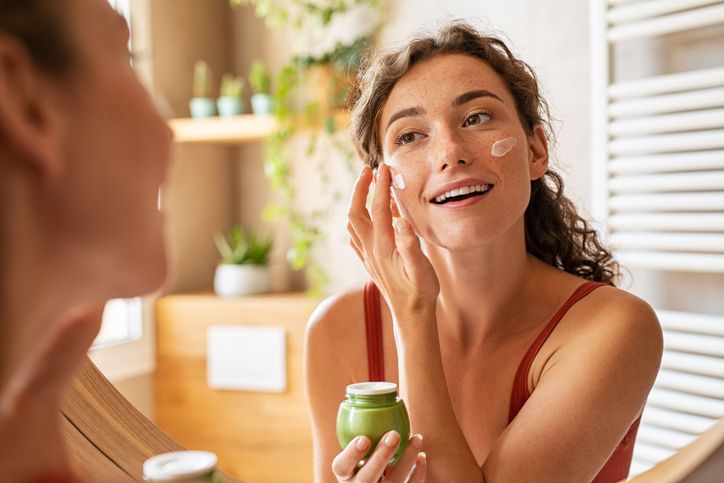
Diagnosing acne lesions involves a thorough check by a dermatologist, who looks at your skin, the affected areas, and how severe the acne is. While you can assess it at home, it's better to leave it to a professional to make sure you don't misjudge your condition and worsen acne.
During the diagnostic process, a dermatologist will typically ask about your medical history, lifestyle, and any triggers that could contribute to acne. They may also inquire about any family history of acne to understand whether genetics play a role in your condition. The severity of acne is typically classified into three main categories:
Mild Acne
Mild acne is often characterized by non-inflammatory lesions such as blackheads and whiteheads. These lesions occur when pores become clogged with excess oil and dead skin cells but without significant bacterial involvement or inflammation. Mild acne can typically be managed with over-the-counter treatments, and it usually doesn’t result in scarring if treated early.
Moderate Acne
Moderate acne involves more noticeable inflammatory lesions, including papules and pustules. Papules are small, red bumps that signal inflammation beneath the skin’s surface, while pustules are similar but filled with pus. Moderate acne often requires stronger treatments, such as topical medications or oral antibiotics, to reduce the inflammation and bacterial presence.
Severe Acne
Severe acne includes large, painful cysts or nodules that develop deep under the skin. These lesions such as severe nodular acne are more likely to leave scars and require more aggressive treatment. Severe acne may necessitate prescription medications like oral isotretinoin or advanced therapies, as it often resists common treatments and can cause long-term damage to the skin if not managed properly.
Treating Acne: What Works?
Generally, the treatment you need depends on your acne severity and type. Mild cases are often manageable with over-the-counter options, while more severe forms may need prescription treatments or advanced therapies.
Topical Acne Treatments
Topical treatments are typically the first step in addressing acne. They are applied directly to the skin to target the causes of acne, such as excess oil, clogged pores, and bacterial infections.
Benzoyl Peroxide
Benzoyl peroxide is a popular treatment known for its antibacterial properties. It helps reduce acne-causing bacteria on the skin’s surface, preventing clogged pores and breakouts while also reducing inflammation.
Salicylic Acid
Salicylic acid, a beta-hydroxy acid (BHA), exfoliates the skin by removing dead skin cells that can clog pores. It’s particularly effective for treating blackheads and whiteheads, leading to smoother, clearer skin.
Topical Retinoids
Topical retinoids, like retinol or adapalene, are Vitamin A derivatives that speed up skin cell turnover and prevent pore clogging. They also help reduce inflammation and minimize pore size, reducing the likelihood of future breakouts.
Azelaic Acid
Azelaic acid targets post-inflammatory hyperpigmentation and uneven skin tone caused by acne. It also has antimicrobial properties, helping to reduce surface bacteria and promote clearer skin, particularly for those with acne scars.
Topical Antibiotics
Topical antibiotics, such as clindamycin or erythromycin, reduce inflammation and bacterial growth on the skin. Often combined with other treatments, these antibiotics help manage acne symptoms by reducing redness and swelling.
Oral Acne Treatments
Oral treatments are typically recommended for moderate to severe acne, especially for widespread or persistent breakouts that don’t respond to topical treatments.
Oral Antibiotics
Oral antibiotics like doxycycline and minocycline help reduce bacterial growth and inflammation, making them effective for treating extensive acne. These are typically used for short periods to prevent antibiotic resistance.
Oral Isotretinoin
Oral isotretinoin (Accutane) is a powerful medication for severe cystic or nodular acne. It works by significantly reducing oil production, preventing pore blockages, and reducing inflammation. It’s often the go-to treatment for acne that doesn’t respond to other therapies.
Birth Control Pills
For women with hormonal acne, birth control pills can help regulate hormones and reduce androgen levels. This reduces oil production, helping to prevent acne flare-ups related to the menstrual cycle or pregnancy.
Advanced Acne Therapies
For acne that doesn't improve with standard treatments, advanced therapies may be necessary. These options target deeper causes of acne or address scarring, offering longer-lasting or more targeted results.
Hormone Therapy
Hormone therapy is often prescribed to women with hormonal acne. It helps regulate excess androgen production, reducing sebum production and acne. This can include birth control pills or medications like spironolactone that block androgen effects.
Acne Scar Treatments
For patients with acne scars, treatments like laser therapy, microneedling, and chemical peels can improve skin texture. Laser therapy stimulates collagen production, while microneedling promotes skin healing.
Why Perfect Medical’s Acne Treatment Is the Best Solution
If you’re struggling with persistent acne, Perfect Medical’s Acne Treatment offers a revolutionary, clinically proven solution tailored to meet your unique skin needs. Our treatment is designed for all skin types, including sensitive and darker skin tones, ensuring that every individual receives the optimal care their skin deserves.
At Perfect Medical, we go beyond standard acne treatments by offering a comprehensive, advanced solution that addresses acne from multiple angles. Our approach combines deep-cleansing techniques with state-of-the-art technology to provide lasting results.
Deep Cleansing & Exfoliation
The treatment begins with an intensive cleansing and exfoliation process. Using vacuum microdermabrasion technology, we remove dead skin cells, excess oil, and impurities that can clog pores. This ensures that your skin remains clear and free from blockages that can lead to new breakouts. The vacuum technology is gentle yet effective, providing a thorough cleanse while stimulating circulation to promote skin renewal.
Hydration & Skin Barrier Repair
Acne-prone skin often faces issues like irritation and dryness, which can make acne worse. Our treatment works to restore the skin’s natural moisture balance, addressing these concerns and reinforcing a healthy skin barrier. By repairing the skin’s barrier, we help protect it from future irritants, ensuring that it remains hydrated and resilient in the long run.
Advanced Technology
What sets our treatment apart is the use of advanced, non-invasive technology that targets multiple layers of the skin. This innovative approach is far more effective than traditional methods, offering deeper, longer-lasting results. By utilizing cutting-edge techniques, we are able to penetrate deeper into the skin and promote healing, rejuvenation, and a smoother complexion.
Comprehensive Treatment for Multiple Acne Concerns
Perfect Medical’s Acne Treatment is designed to address a wide range of acne-related issues. Whether you’re dealing with acne vulgaris, cystic acne, scars, or enlarged pores, our treatment targets each concern in a holistic way. We understand that acne can take many forms, and our multi-faceted approach ensures that every aspect of your skin’s health is taken into account for the most effective results. All in all, our solution not only addresses existing acne but also works to prevent future acne breakouts, giving you lasting confidence in your skin.
If you're ready to break free from the cycle of persistent acne, Perfect Medical’s Acne Treatment is here to help. Don’t let acne control your confidence any longer. Reach out today to schedule a consultation and discover how our personalized treatment can give you the clear, healthy skin you deserve.
Acne Treatment免費體驗
Acne Treatment
1 Minute Self-Registration
Date should not be before minimal date
FAQ

1. What causes acne and how can it be treated?
Acne is caused by several factors, including oily skin, clogged pores, and bacteria, which can lead to the formation of inflammatory acne lesions. Skin irritation, often exacerbated by certain skincare products or environmental factors, can worsen acne.
2. Can acne be prevented or completely eliminated?
While it’s impossible to completely prevent acne, a consistent skin care routine can help manage and reduce its occurrence. Proper skin care, such as regular cleansing, moisturizing, and using non-comedogenic products, helps prevent clogged pores and reduce oily skin. However, some risk factors—like excessive androgen production or hormonal fluctuations—may increase the likelihood of developing acne, especially in pregnant women or those with a family history of the condition.
3. How does acne affect the skin, especially darker skin types?
Acne can cause significant skin irritation and discoloration, which is often more noticeable in individuals with darker skin types. Inflammatory acne lesions, such as pustules and cysts, can leave behind scarring and skin discoloration even after the acne itself clears up.
4. How does oily skin contribute to acne formation?
Oily skin is one of the primary risk factors for acne formation. When the sebaceous glands produce excess oil, it can combine with dead skin cells to clog pores, leading to the development of acne. This clogged pore environment also promotes the growth of bacteria, which can trigger inflammation and the formation of acne lesions.
5. What treatments are effective for pregnant women dealing with acne?
Pregnant women may experience acne due to hormonal changes, particularly excessive androgen production, which can increase oil production and cause breakouts. During this time, certain acne medications, especially those that contain strong chemicals, should be avoided. However, topical treatments such as benzoyl peroxide or salicylic acid may be safe for some women, though it's always recommended to consult with a dermatologist before beginning any treatment regimen.






